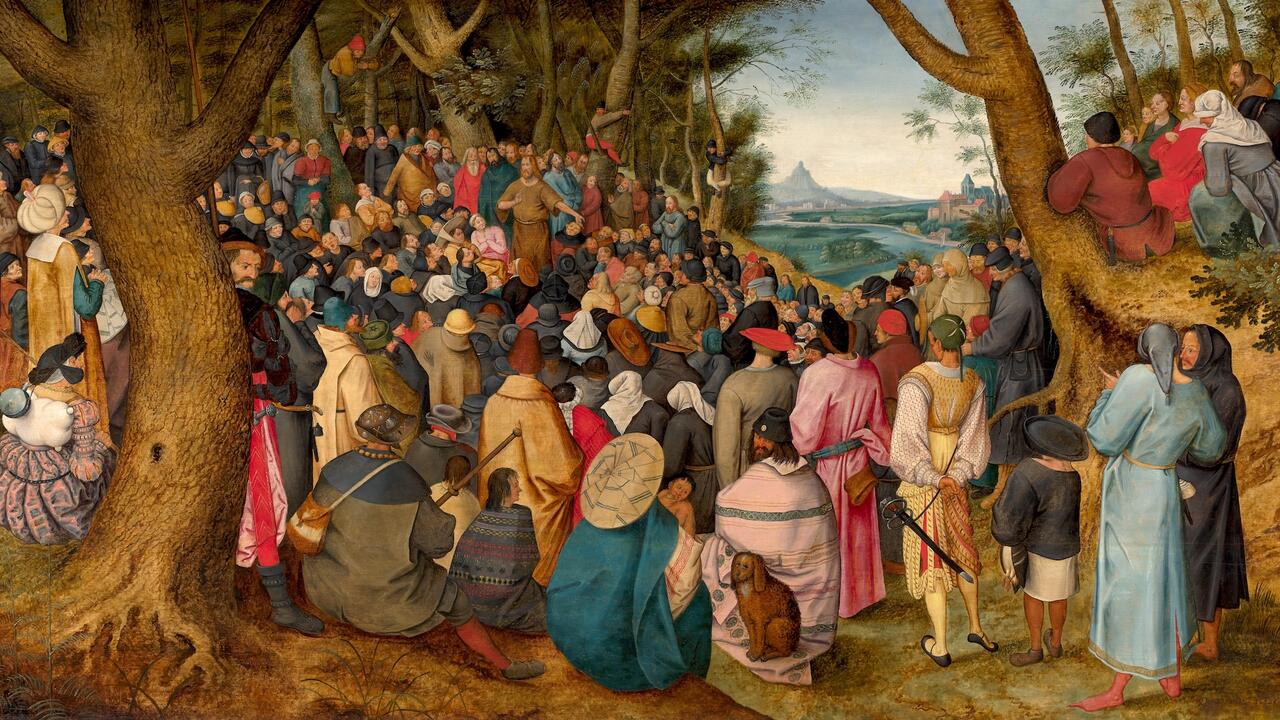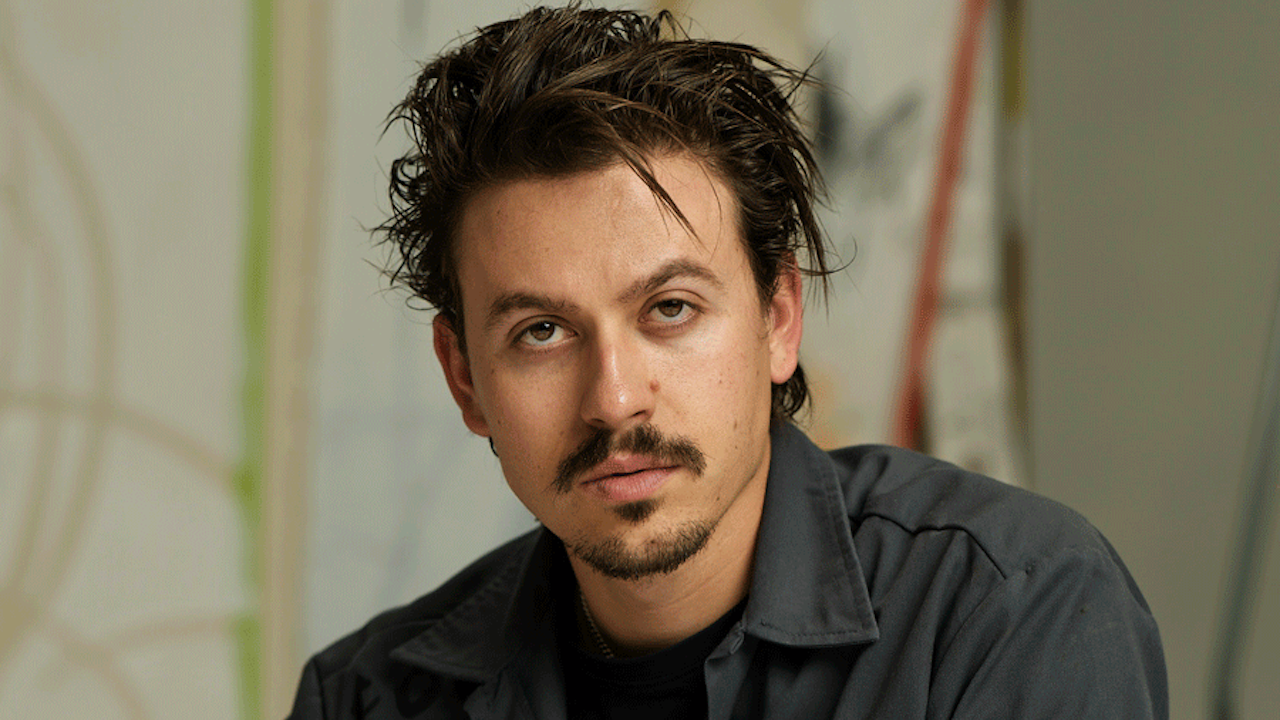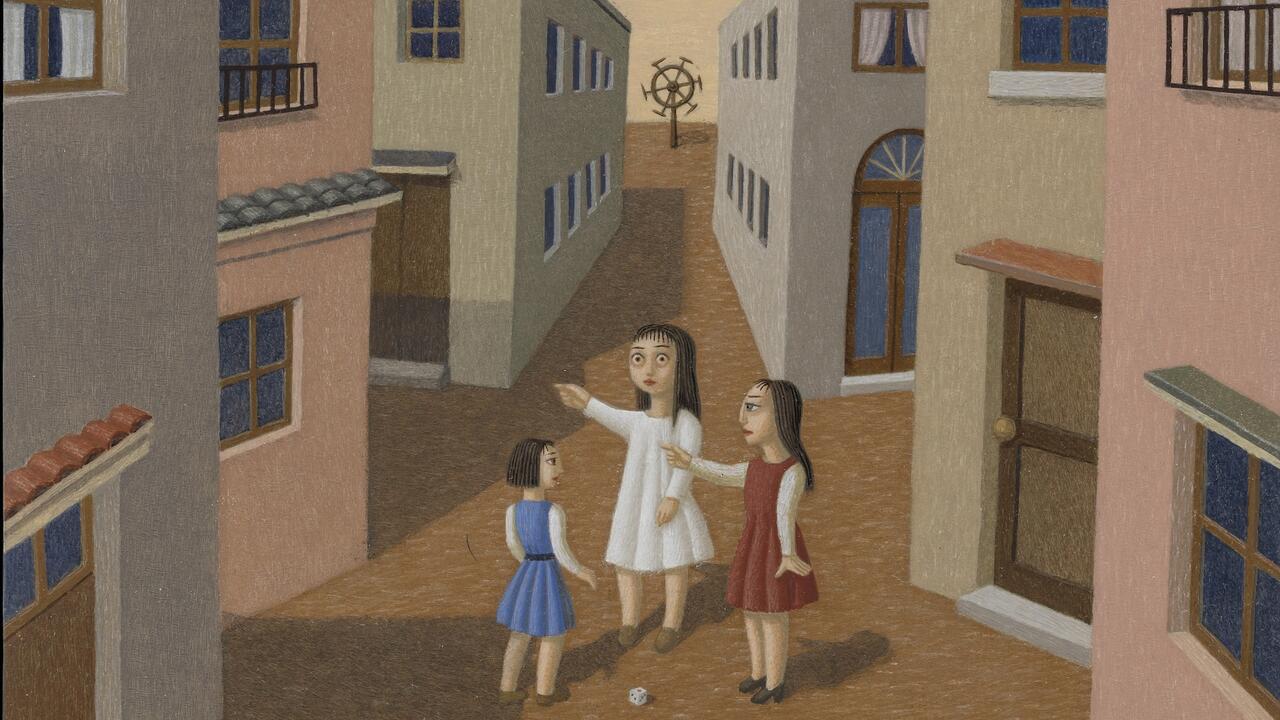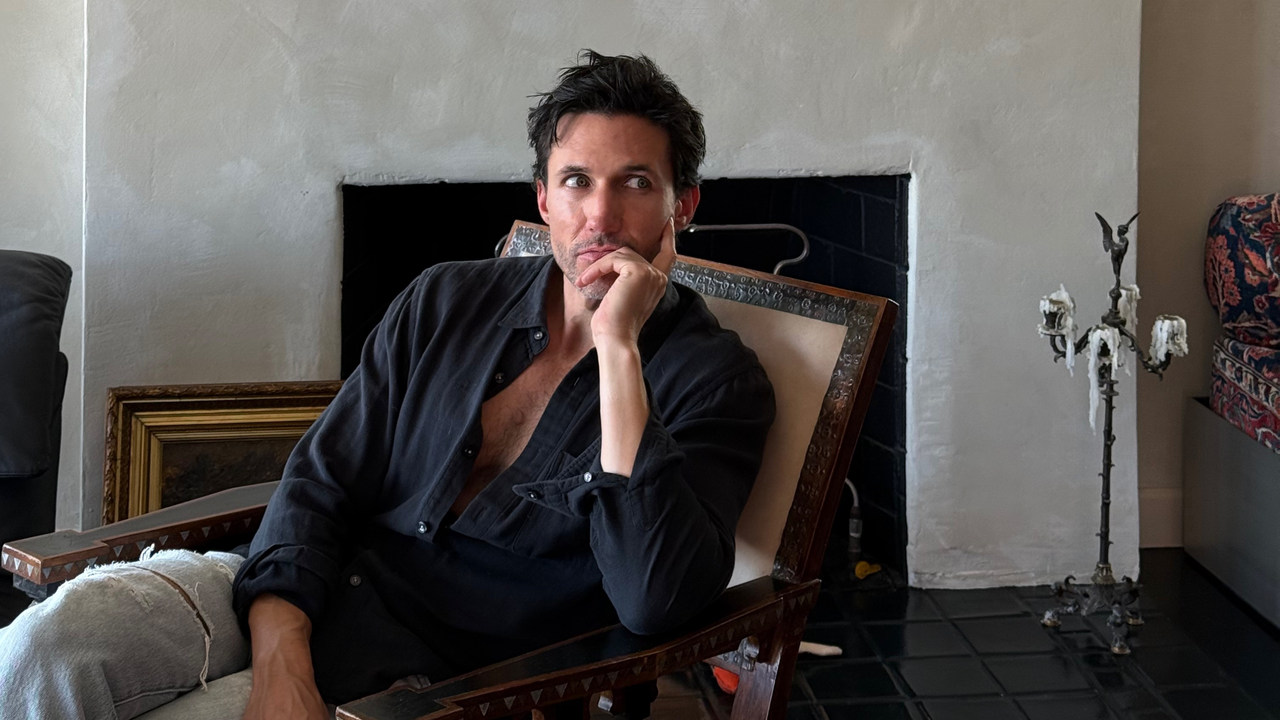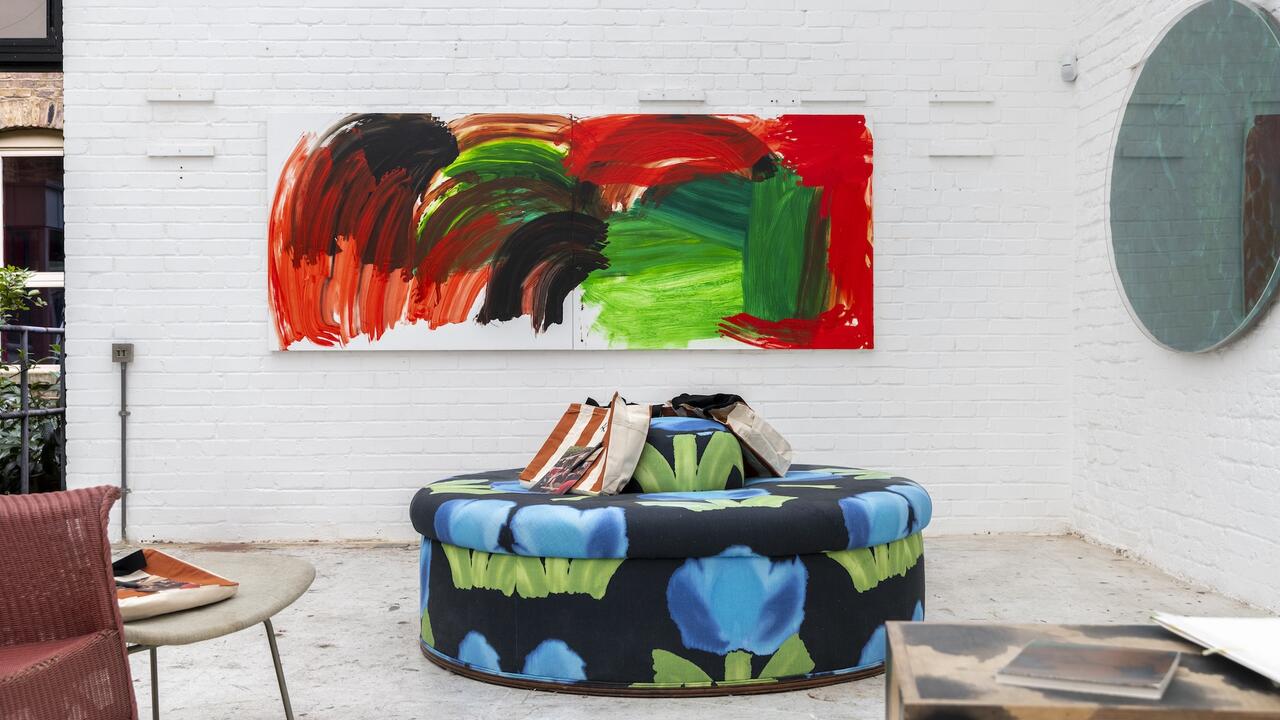Into Unpaved Territory
From 'hippie modernism' to concrete poetry, Toby Kamps discusses Spotlight at Frieze New York 2017
From 'hippie modernism' to concrete poetry, Toby Kamps discusses Spotlight at Frieze New York 2017

Jonathan Griffin: Could I start by asking, for those who aren’t familiar with it, what the remit of Spotlight is within Frieze New York?
Toby Kamps: Spotlight is a curated section, consisting of solo presentations by galleries of artists who had their first exhibition before 1975. All work shown in the section has to have been finished before 2000. There is a special emphasis on figures with whom we feel a sense of discovery: artists whose work people may not know for reasons of geography, or gender or cultural bias.
JG: This is the second time you’ve curated Spotlight?
TK: Yes, I curated my first Spotlight at Frieze Masters in London last October, so May in New York will complete my first year. I’m now working on the section for Frieze Masters in October 2017.
JG: How does this Spotlight compare to previous editions?
TK: I have tried to maintain the strong Latin American presence that the first Spotlight curator, Adriano Pedrosa, introduced, as well as some of the connections to Asian art scenes that his successor, Clara M. Kim, developed. But this year there is an emphasis on under-sung American heroes.
JG: Is that your personal interests coming through?

TK: Yes! For instance, Virginia Jaramillo is a Californian Latina painter, living in New York (Hales, London, C52). She was an early pioneer of what I might call ‘felt-abstraction’ – abstract, spare, and elegant forms re ecting some of the ideas of the Hard-edge school, but also her own temperament. She was in an amazing exhibition in Houston in 1971 called ‘The DeLuxe Show’, which was sponsored by John and Dominique de Menil. They were responding to criticism of shows of black art in the United States as ghettoizing African-American artists. Darby English has just published a book about it, titled 1971: A Year in the Life of Color (2016). They enlisted the artist Peter Bradley to curate an exhibition in the former DeLuxe movie theatre in the Fifth Ward of Houston, a traditionally black neighbourhood. It was one of the first racially integrated exhibitions, and Virginia Jaramillo was one of the few female artists involved. I’ve been trying to do a ‘DeLuxe Redux’ show for quite some time, so I’ve had my eye on Jaramillo. When Hales made a proposal with her work from that period, I thought it was just fantastic – the work, but also that great historical legacy.
JG: How does the selection process work?
TK: First of all there is an open call. Spotlight by now has a certain reputation, so the Frieze team receives many applications specifically for this section. I also work to recruit galleries that I think could bring important positions. I review all the applications, and then I craft the Spotlight that I as a curator would like to see. I bring those recommendations to the Frieze New York Committee.
JG: How do you thematize the Spotlight presentations?

TK: Themes emerge through the proposals, and I try to foster them through my selection. One theme I’m calling ‘Hippie Modernism’: it’s a term I stole from Andrew Blauvelt, who did a show with that title at the Walker Art Center recently about artists in the 1960s and ’70s using Minimal, Conceptual and Pop Art strategies in the service of “Utopia”. At the fair, Carl Solway Gallery from Cincinnati (D30) will show work by Gerd Stern and USCO, the collective he helped found. USCO made inter- media work which was open to psychedelia and altered states of consciousness, though aimed to reach them through technology. There will be some of their kinetic works at the fair, and a cast metal phallus called Hard on for Peace. Another artist related to this idea of Hippie Modernism is the painter Peter Young. He was a real sensation in New York in the ’70s, before he kind of withdrew: he travelled and spent time with indigenous tribes in Central America. Gallery Wendi Norris from San Francisco (C46) is showing his paintings that are very much inspired by mandalas, the Hindu and Buddhist motif.
JG: How much involvement do you have in the specific works shown, beyond the selection of the artists?
TK: I do a lot of consultations. I talk to galleries about which of their artists would best fit in Spotlight as each iteration comes together. Oftentimes I will work with them to refine a proposal before it goes to the committee too.
JG: So you’re not only thinking about how these different presentations work together, but also how the galleries position an artist who may not be well known to the public?

TK: Yes, exactly. Because this is a significant platform, we think together about how an artist can put his or her best foot forward – with a coherent body of work, for example, or a sampling from particular periods. What makes these conversations usually pretty easy is the galleries’ knowledge of their artists’ work, and their experience in thinking through precisely these issues.
JG: Are you involved with the placement of the stands?
TK: Yes, I do a layout. I try to pace things so there’s a good balance of large and small works, for instance, or after something raucous there’s a little room to regroup before you get to something very quiet or intricate. It’s like laying out any museum exhibition in that respect.
JG: So what are some of the through-lines in the selection?
TK: One that I’m really excited about has to do with Concrete Poetry. Richard Saltoun from London (A26) is showing Dom Sylvester Houédard. This guy: Woah! He was a Beat expert and corresponded with Kerouac and Ginsberg, but he became a monk in the 1970s, living in a Benedictine abbey. The content and the form of his work are so optimistic and great. He resonates with Irma Blank, who’s German-born, but lives in Milan. She has a kind of automatism to her work – it’s a kind of written glossolalia, arranged in grids and patterns. She’s in her eighties now, but is a new discovery for me: P420 from Bologna will be showing her (A29).

Elsewhere there is the theme of Brazilian Neo-Concretism, seen in the work of Waltércio Caldas (Galeria Raquel Arnaud, São Paulo, C50) and Amilcar de Castro (Silvia Cintra + Box4, Rio De Janeiro, B50). There is a strong current of photography and the body, continuing the feminist themes of Spotlight in the past, with people like the Hungarian poet, performance artist and actress Katalin Ladik in a joint presentation by espaivisor, Valencia and acb, Budapest (C44). I’ve also focused on Downtown denizens, New Yorkers like Kenny Scharf (Honor Fraser, Los Angeles, A24) and Jaime Davidovich (Henrique Faria, New York, D28). In the ’80s they were both inspired by the club scene and television, moving video art forward: Tony Oursler and Laurie Anderson appeared on Davidovich’s cable TV show.
JG: It feels like a lot of these are ‘artists’ artists’. Do you feel you’re addressing a different viewer in Spotlight to the typical collector in the rest of the fair?
TK: All kinds of people go to these fairs, but yes, absolutely. When I’m working on the section, I think about my artist friends, my curator friends and what would really get them going. Traditionally, Spotlight has been a great resource for curators, and it has been gratifying to see colleagues from other museums taking their time there and finding resonances. Non-professionals will like it too, I think! A good portion of these works are reasonably priced – people who couldn’t necessarily buy in the rest of the fair might find something that would feel like a real discovery here.
JG: Many of these artists seem to have maintained careers in other areas, whether that’s Thomas Kovachevich working simultaneously as a doctor, or Houédard being a monk, Ladik working as an actress, or Davidovich making TV.

TK: This might be one of the reasons why some of them didn’t have huge recognition in their heydays. In some ways, the people who take the market pressure o themselves give themselves freedom to do what they have to do. Their work is uncompromising. I like that part of Spotlight a lot. In the past there has been a signifcant amount of visionary and self-taught art in Spotlight, but this year, the only self-taught artist is the Cuban-American Felipe Jesus Consalvos, who made collages from cigar wrappers (Fleisher/Ollman, Philadelphia, C41).
JG: There are a lot of artists here whose work defies easy categorization, hovering on the margins of existing movements.
TK: Well, sometimes art historians and curators like to sand the rough edges of the narrative, making it comprehensible and linear. I love the Spotlight crowd because they don’t fit so neatly, their stories are complicated, they have fits and starts, or wild flights off into entirely unpaved territories. To me that’s tremendously appealing.
Main image: Felipe Jesus Consalvos, Hippodrome (detail), c.1920–50, collage on foam board, 82 x 55cm. Courtesy: Doodletown Farm, LLC and Fleisher/Ollman, Philadelphia. Photograph: Constance Mensh
Tickets for Frieze New York 2017 are available here.









